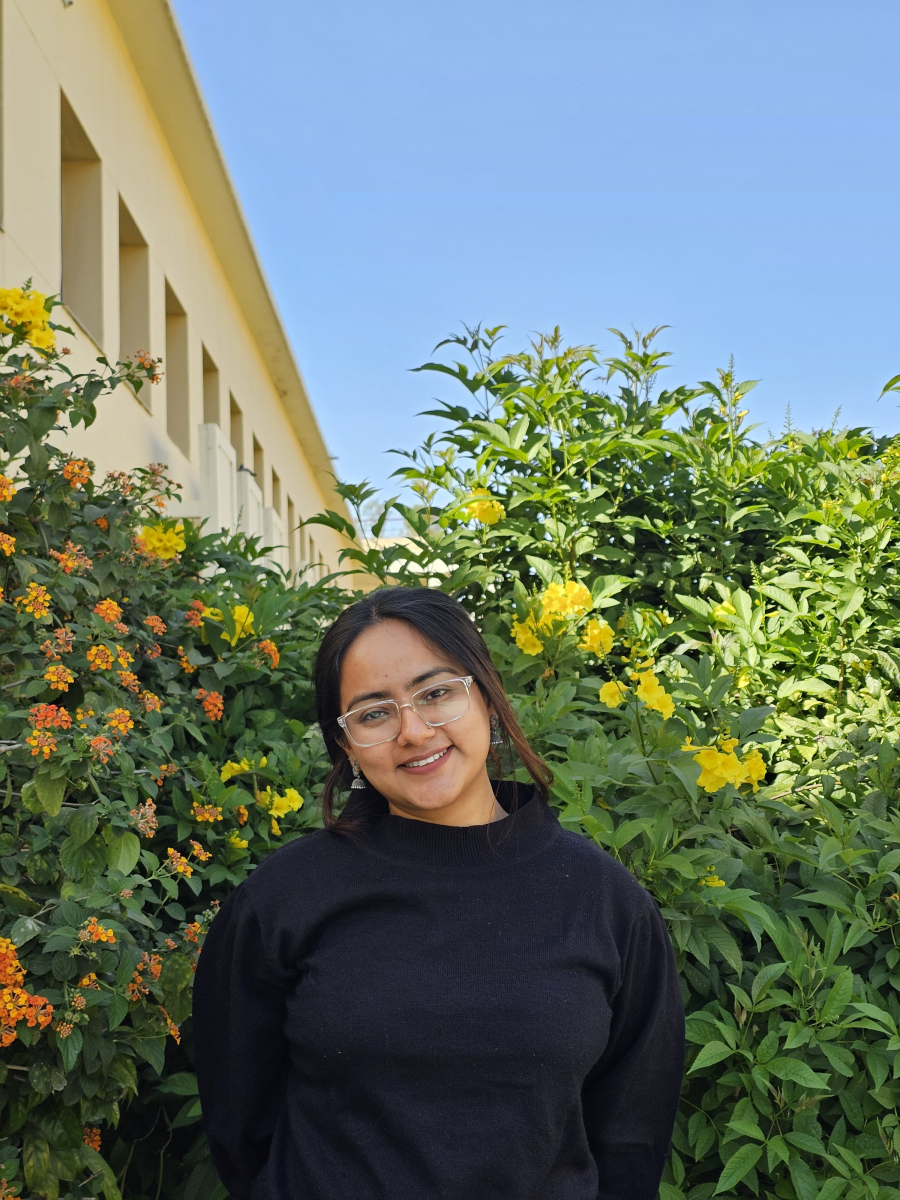Women have long faced systemic gender discrimination and inequality, economic disparities, obstacles to education, and reproductive health problems in developing regions that are exacerbated by the climate crises. Natural disasters are not neutral since their effects are felt unequally by every member of the population. While everyone in the impacted community is usually at risk during a disaster, specific socio-economic and politico-cultural traits make women, children and the elderly more vulnerable (Upadhyay et al., 2023). Women are even less empowered in the post-disaster recovery phase due to their limited access to social, political and economic resources in the pre-disaster setting. Following a disaster, the impacted community frequently adopts crucial coping strategies and adaptive decisions regarding whether or not to relocate. It may seem like everyone in a family or community has a voice in this significant, life-changing choice, but this is untrue. When one begins to examine women’s lack of participation and the reasons behind it in the (im)mobility decision-making process, it becomes evident how invisible they are.
The term 'climate (im)mobility' is neutral, allowing vulnerable populations to exercise their agency. This is why I use it instead of other terms commonly used in academia and policymaking to describe both the phenomenon and the affected populations. In this blog, I examine how and why women are under-represented when it comes to making decisions about (im)mobility after a disaster. Numerous layers of decision-making are examined, with significant implications for policies. These observations are insights from my ethnographic study in Raini village, which was devastated in 2021 by the glacial lake outburst flood (GLOF) and landslides in the mountainous region of the Himalayan state of Uttarakhand in India. This community is historically significant since it was the birthplace of the Chipko movement, which is known for its tree-hugging protests, which started in 1974 as an ecofeminist demonstration against deforestation and a demand for the forest rights of indigenous communities.
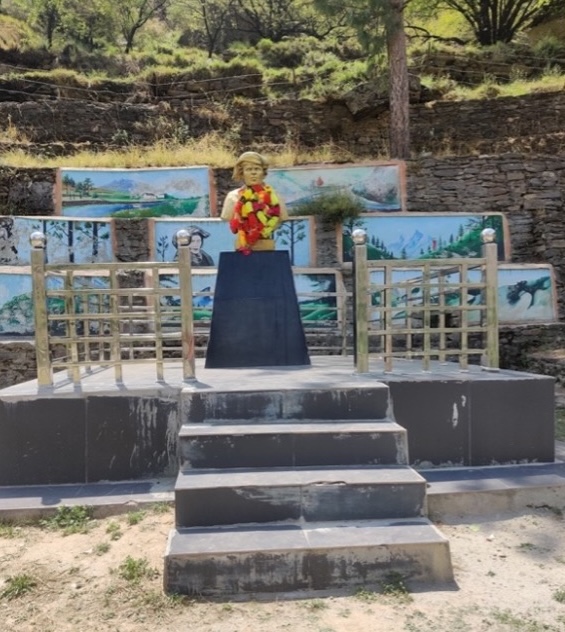
Figure 1[i] Statue of Gaura Devi (the first female to start the Chipko movement in Raini) in a new park which was established after the calamity of 2021
Climate crises: Lived experiences of women
I believe that women’s unique vulnerabilities and desires in the rapidly changing landscape of the Himalayas must be highlighted and brought to light by understanding climate change from their vantage point. Women experience the effects of climate change differently than men do. The feminization of agriculture in Uttarakhand, which has a long history of male out-migration primarily from rural or hilly areas to neighbouring cities and towns, increased the already heavy domestic burden on women (Sati, 2021). Women have seen a decrease in snowfall, irregular rainfall patterns, and diminishing flora and fauna, all of which are signs that the climate is gradually getting worse. As disasters occur more frequently, a new category of movement (climate-induced (im)mobility) is emerging in the state’s more settled communities. However, the decision to relocate or remain in one’s current location is never final and is constantly discussed and renegotiated at the household and community levels. The case of Raini village, a historically significant site of environmental activism, illustrates how women bear the brunt of climate crises yet remain excluded from crucial decisions.
“There was a loud boom as if many bombs had simultaneously exploded, and I thought the sky had pierced through.” Bimla Rana[ii], who was working with her mother-in-law in their fields at the time of the disaster, stated, “It felt like the end of the world.” She remembered running to seek refuge in a safer area while watching helplessly as her mother-in-law was swept away by the floods. “The only safe place was at the top of the mountain, so we grabbed whatever we could and ran there,” Sakshi recounts. Women recalled how hard it was to provide family members with food and clean drinking water, care for the livestock, and make sure everyone was safe in the days following the calamity. They remembered experiencing extreme stress and psychological trauma, which had a negative impact on their mental well-being. Many people lost their agricultural fields permanently because of the disaster, which drastically altered their standard of living and financial situation. Adding to the worries, the slope destabilization and associated ground subsidence after the disaster in 2021 have made Raini uninhabitable, causing cracks in homes and roads. All women respondents agreed that anthropogenic climate change and lopsided infrastructural development without proper participatory planning had increased the frequency and intensity of disasters in the region, and they recalled living in constant fear of the next one.
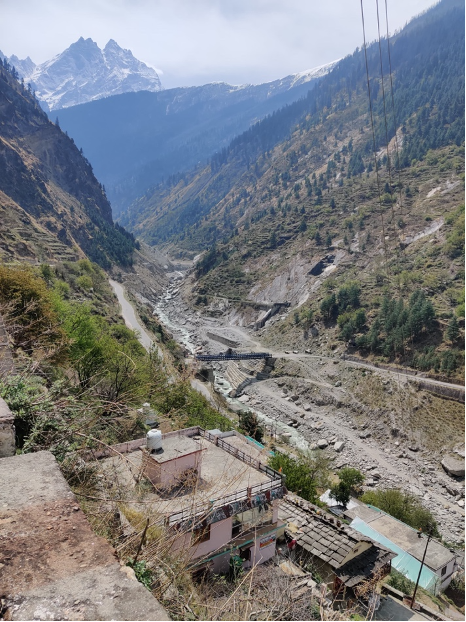
Figure 2: The site of devastation in Raini village
Locating women’s agency in (im)mobility decision-making
Decisions about mobility and immobility can be voluntary or involuntary and are influenced by a variety of social, political, economic, and environmental factors. The residents of Raini did not hesitate to say that they were voluntarily immobile when asked about their post-disaster (im)mobility situation. The village’s past as the site of the Chipko movement, a campaign that led to the development of inclusive forest policies, contributes to the strong sense of place belongingness. However, there was an evident disparity in the conviction with which male and female respondents answered the questions related to (im)mobility decision-making, which made me question women’s actual agency. The final outcome of the decision-making process, nevertheless, is contingent upon who makes these choices at the household or community level. Decisions on (im)mobility are primarily made by the “male heads” of the household and community. Under such a scenario, I question women’s willingness to remain immobile and their agency in this decision-making process because, even if they want to move, the lack of financial independence, patriarchal norms and cultural factors create significant mobility constraints that make them immobile. This blurs the line between voluntary and involuntary movement. It is to be noted that when women lack agency, they become unseen and unheard during the policy-making process, and the policies ultimately prove to be gender insensitive.
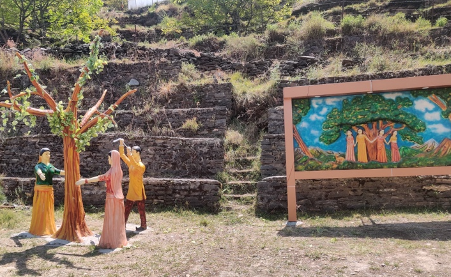
Figure 3 Depiction of women protestors hugging and protecting the trees in Gaura Devi park
Concluding remarks
The women of Raini have a unique tale since their community is unique as well, but this time, the group of women is uncertain if they can withstand the strong natural forces that are about to upend their way of life. The politico-cultural systems of today have evolved, and the responses are caught between several crises that reinforce one another and require more than their active participation. Prioritising women’s narratives and experiences in development planning and risk assessments is a clear first step at this juncture. More gender-sensitive policies which address (im)mobility concerns might effectively combat women’s vulnerability in the wake of climate change. In particular, empowering women requires establishing financial assistance programs for them and guaranteeing their involvement in local disaster response committees. Despite being the preservers of biodiversity, providers of food, and keepers of knowledge, Indigenous women are not given a voice in decision-making. Their knowledge can be used to develop best practices and climate solutions that benefit the global community. Lastly, it is important to ensure participatory planning in infrastructure projects to avoid gendered displacement risks. This blog article is part of my ongoing research on (im)mobility concerns in disaster-affected communities of the Indian Himalayas. The issues affecting women discussed here represent just a small fraction of the broader challenges they face in these areas. It is crucial to keep this conversation alive and advocate for a climate-resilient future that facilitates women’s agency.
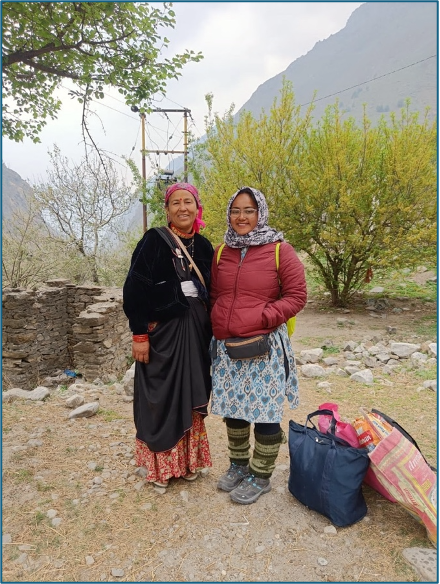
Figure 4 With one of the female respondents belonging to Bhotia community from Raini village
Works cited
- Sati, V. P. (2021). Out-migration in Uttarakhand Himalaya: Its types, reasons, and consequences. Migration Letters, 18(3), 281–295.
- Upadhyay, H., Vinke, K., & Weisz, H. (2023). “We are still here” climate change, gender and immobility in highly mobile Himalayan communities.Climate and Development, 1-15.
[i] All the pictures have been clicked by the author during her fieldwork.
[ii] The names of the respondents have been changed to maintain confidentiality.
Author's bio
Tulika Bourai is a PhD candidate in Development Studies at BITS Pilani, Rajasthan, India. Her research looks at the current climate crises in the Himalayas and people’s mobility and immobility choices under a resource-constrained scenario. She aims to provide a holistic picture of the migration system by analyzing both formal and informal processes influencing people’s decisions.
Tulika can be reached on LinkedIn: https://www.linkedin.com/in/tulika-bourai-b92444295/
ORCID record: https://orcid.org/0009-0005-0987-3283
